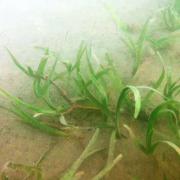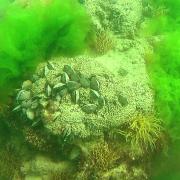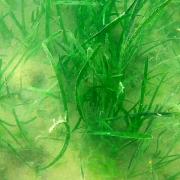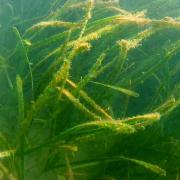ABBACO and MERCES project
In the framework of a collaboration between ABBACO and MERCES project an experiment of seagrass recolonization was carried by the Stazione Zoologica Anton Dohrn (SZN), its Associate Researcher Fabio Badalamenti and UNIVPM.
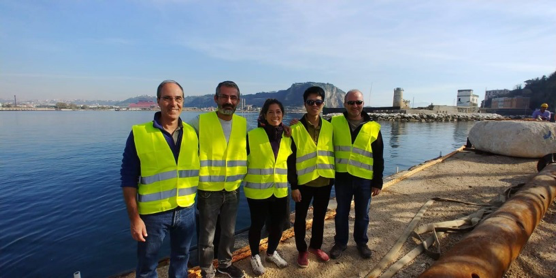
Figure 1. SZN team involved in transplanting activities in the Bagnoli area (Tyrrhenian Sea)
A field experiment started in September 2018 aimed at ex-novo create Posidonia oceanicameadow after it was destroyed by the heavy impact of the industrial activity in the Bagnoli area, close to Naples (Bay of Pozzuoli, Tyrrhenian Sea). Following the evidence that propagules of the plant (both the seeds and the rhizomes) need rocky substrate for efficient growth during the early phase of colonization, the proper settlement was created at 15 m depth at 2 sites in the study area. New born plantlets and rhizomes are now growing where they disappeared from decades due to the historical impact of industrial activities.
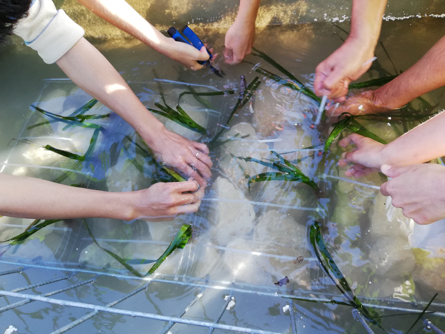
Figure 2. Preparation of the experimental plots for Posidonia oceanica transplanting
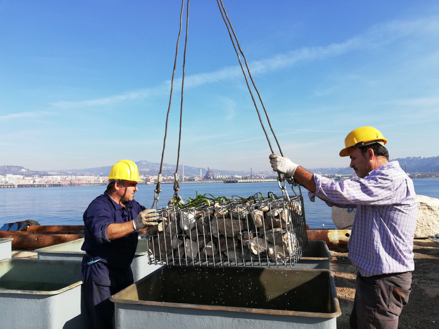
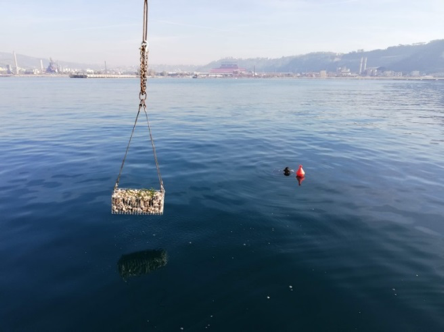
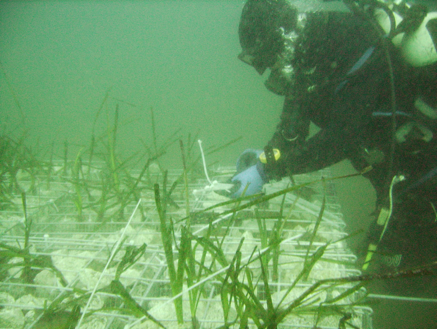
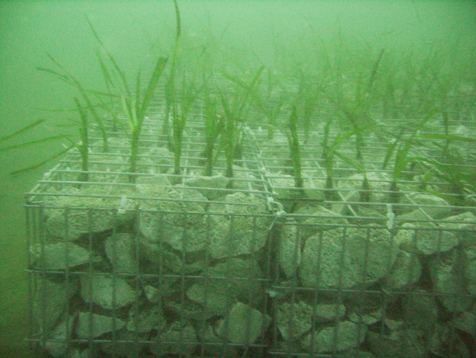
Figure 3. Different steps of the seagrass transplanting using hard substrates to facilitate the recovery of Posidonia oceanica.
The field experiment at the Wadden Sea island of Griend
In the Netherlands, at the Wadden Sea island of Griend, a large scale field experiment was setup in March 2017 to study the facilitating effects of mussel beds (M. edulis) on seagrasses (Z. marina) planted in the wake of the mussel beds. As a settlement structure for the mussel beds and seagrass plots, biodegradable structures were placed made from potato waste-derived starch called 'BESE' (Biodegradable Elements for Starting Ecosystems, developed by Bureau Waardenburg). The experiment will be followed over the next 2 years. The experiment is a collaborative effort between four projects: MERCES, Griend, STW Bridging Thresholds, STW all-risk, and conducted by Radboud University Nijmegen, Bureau Waardenburg, Netherlands Institute of Sea Research, Groningen University, and the Fieldwork company.
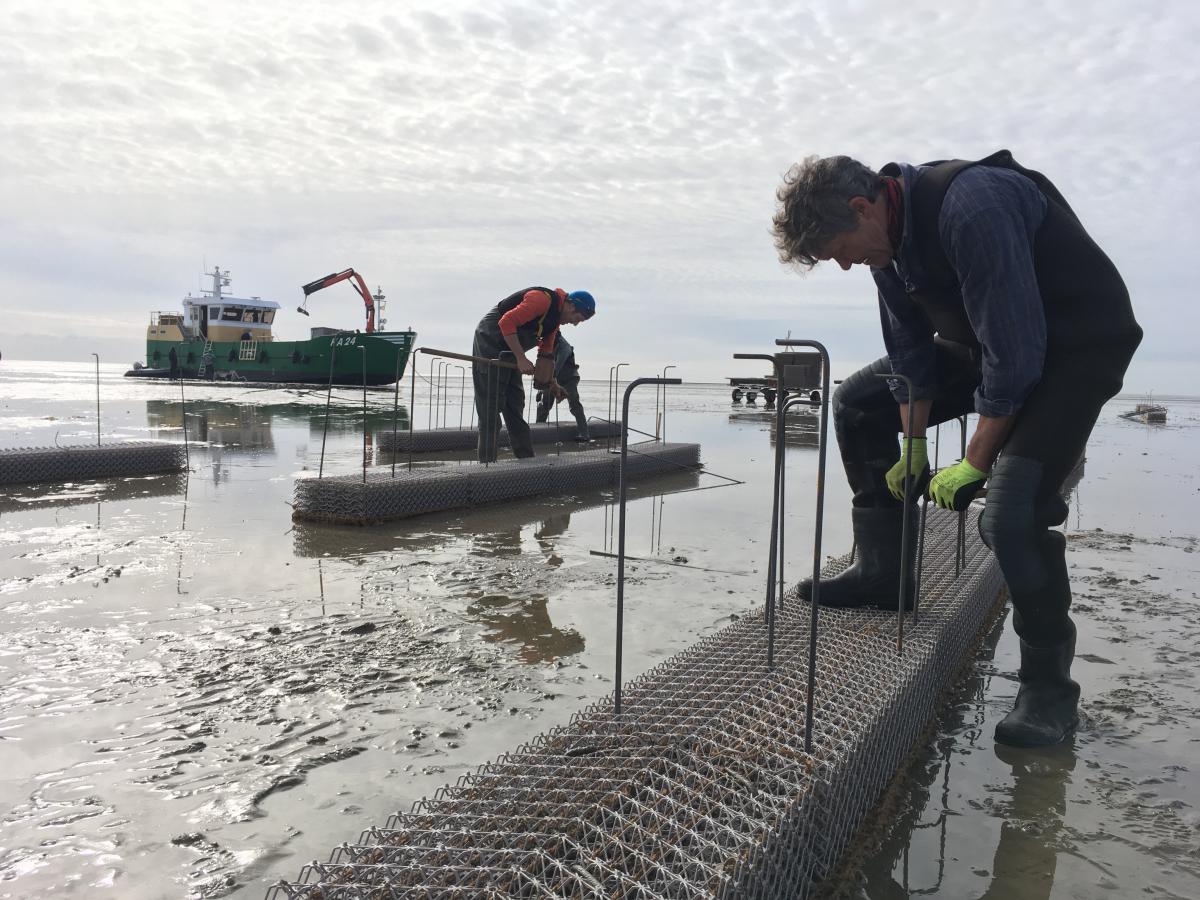
Figure 1. Settlement of "BESE-elements" (credits: Laura Govers)
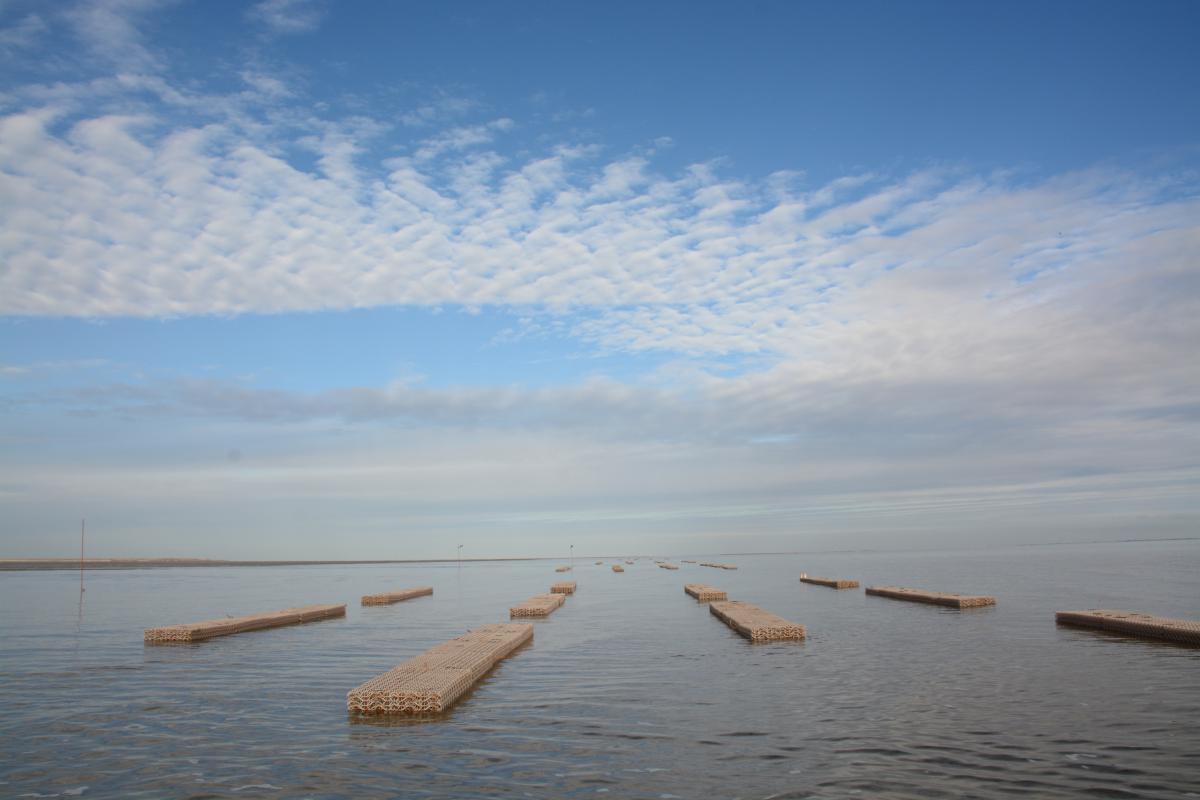
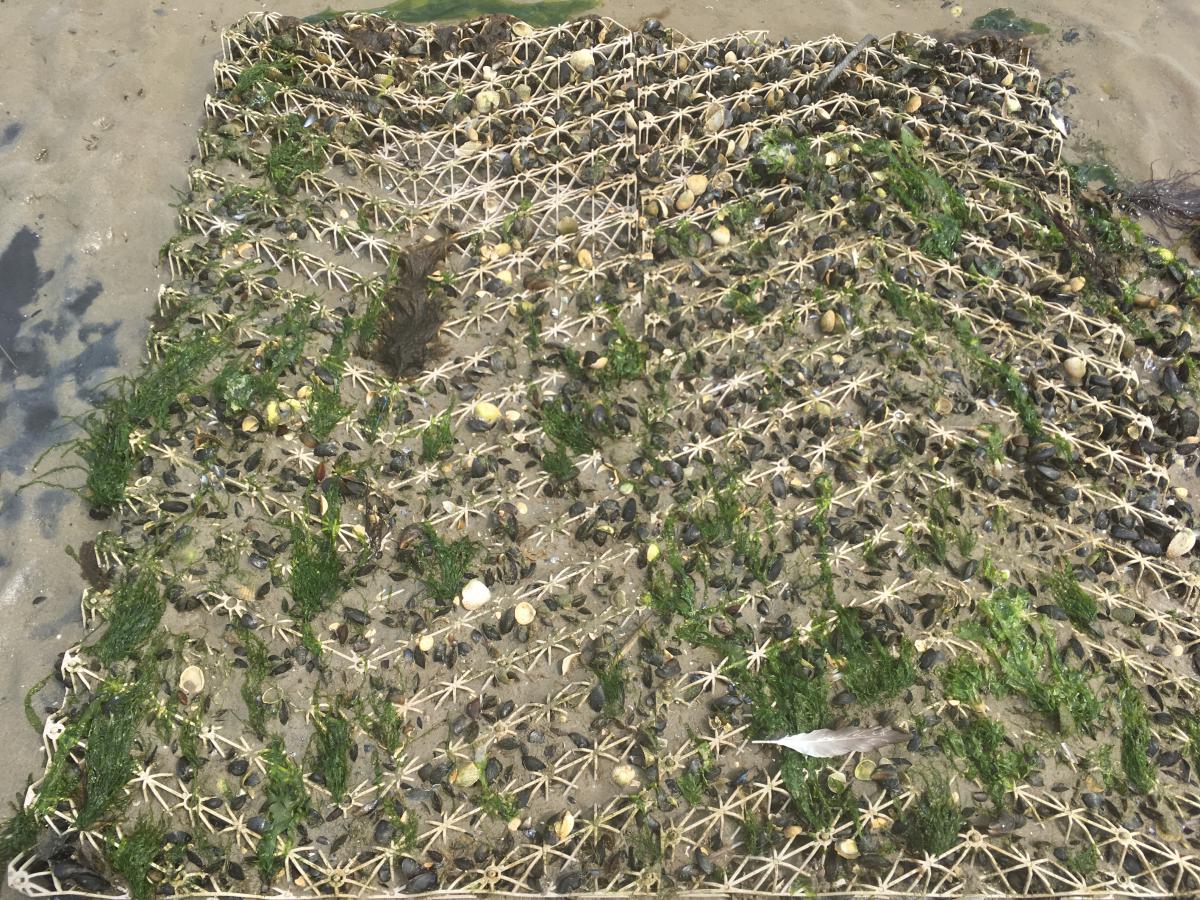
Figure 2. View of Biodegradable Elements for Starting Ecosystems (credits: Laura Govers)
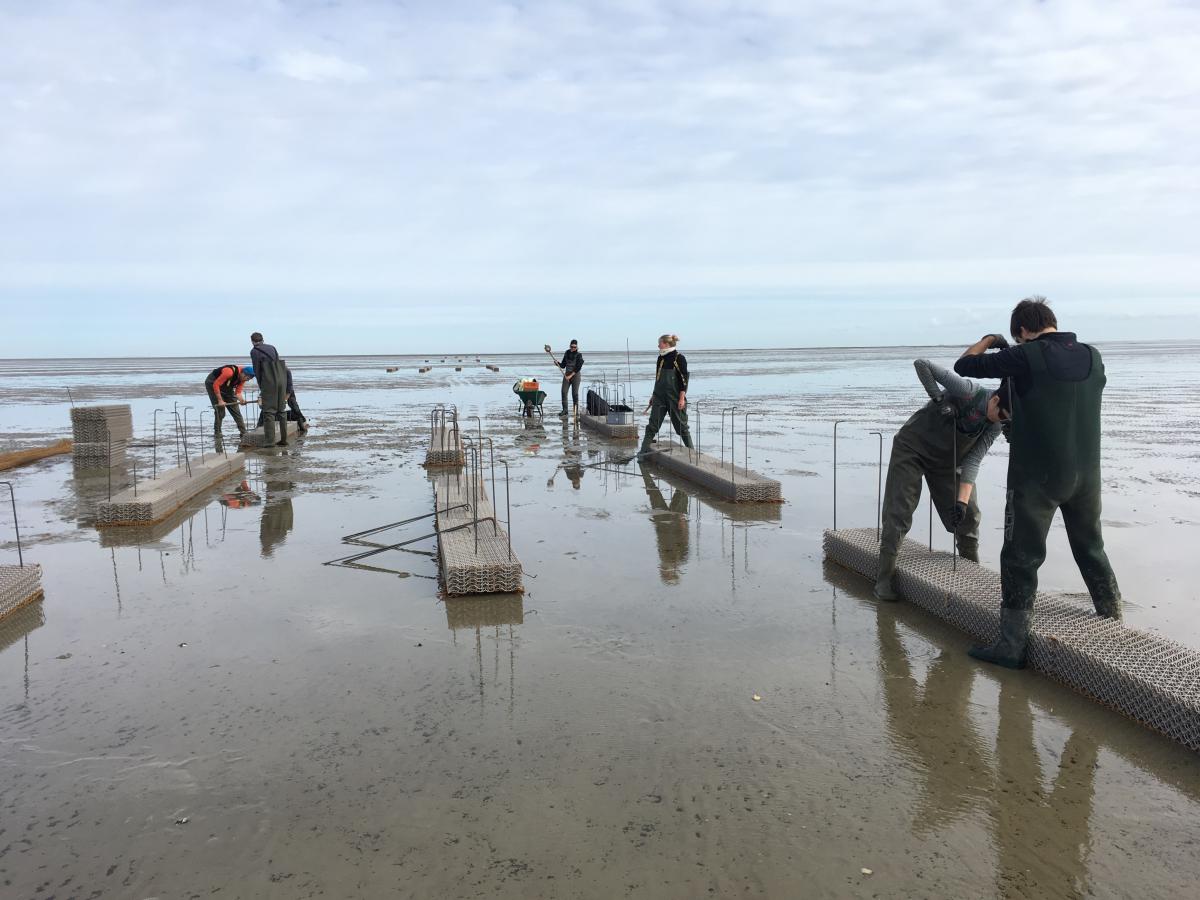
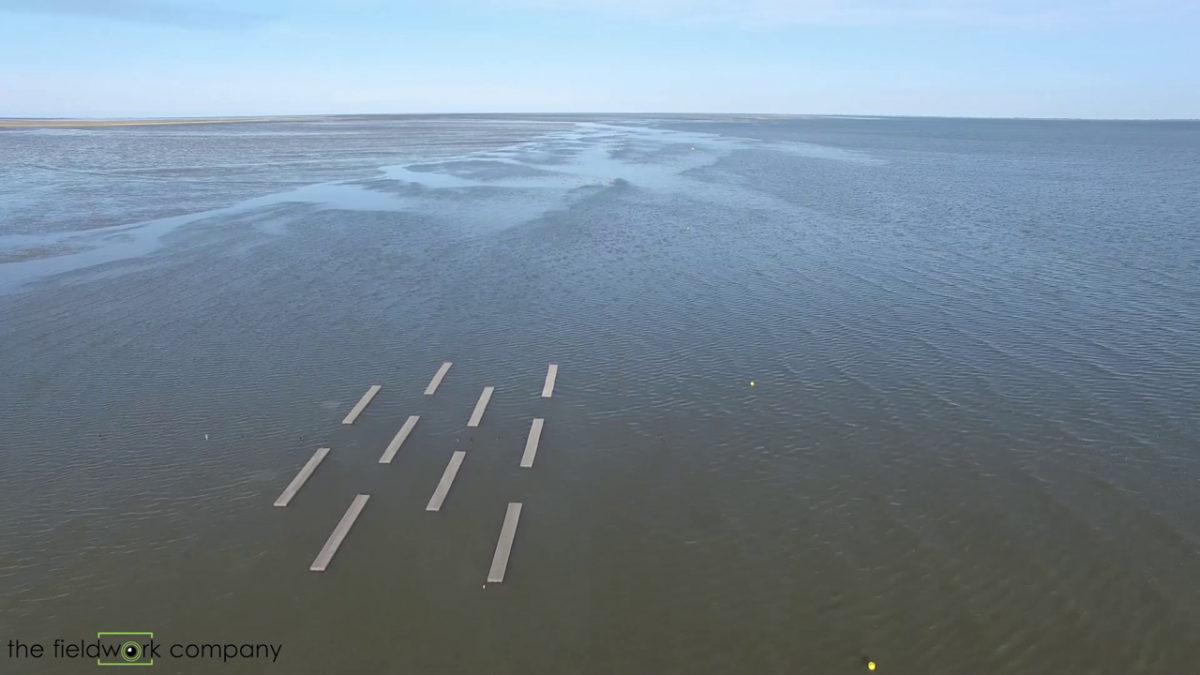
Figure 3. Left, settlement (credits: Laura Govers); right, an aerial view of the "BESE-elements" (credits: the field work company)
Survey on seagrass meadows (West-Central Adriatic Sea) - UNIVPM
On the 22th and 23th May 2017 UNIVPM carried out a field survey at Gabicce Mare (West-Central Adriatic Sea) with the aim to map the distribution of the seagrass meadows and to collect environmental data and sediment samples.
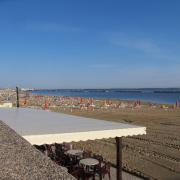
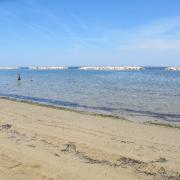
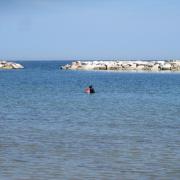
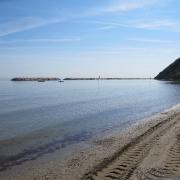
Beach of Gabicce Mare (West-Central Adriatic Sea)
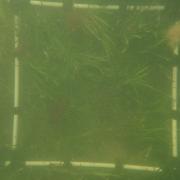
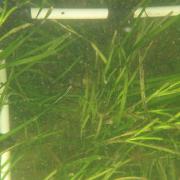
Zostera marina meadows
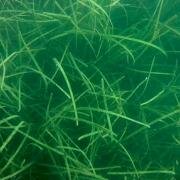
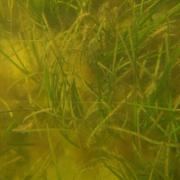
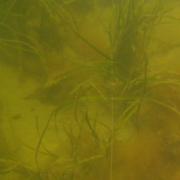
Different densities of Z. marina meadows.
Survey on seagrass meadows (West-Central Adriatic Sea) - ECOREACH and UNIVPM
On July 22nd 2016, Ecoreach team has participated to the preliminary survey in seagrass ecosystems in the West-Central Adriatic Sea, led by UNIVPM, at Gabicce Mare. The survey was conducted in order to verify the presence and the status of the seagrass meadows, following the breakwater relocation conducted by the Gabicce Municipality between 2014 and 2015. Video link: https://www.youtube.com/watch?v=ktxVYsgwoHM
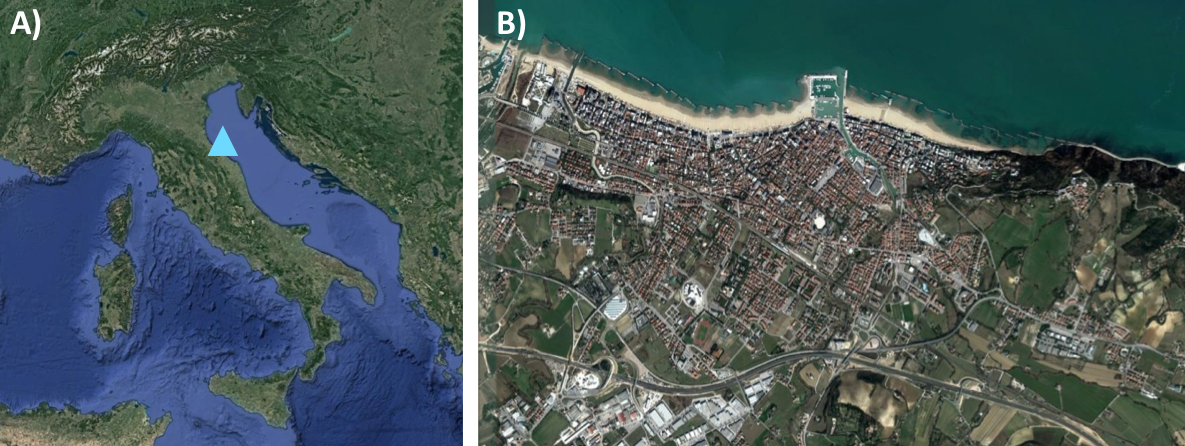
Gabicce mare location (a) and city view from satellite (b)
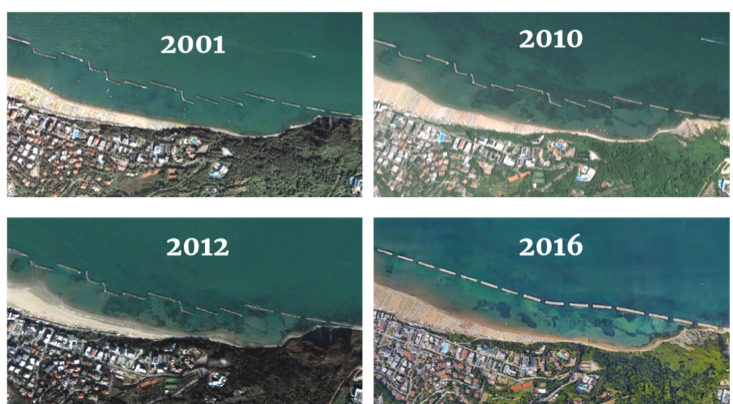
Satellites imagines before (2001-2012) and after (2016) breakwater relocation conducted by the Gabicce Municipality between 2014 and 2015
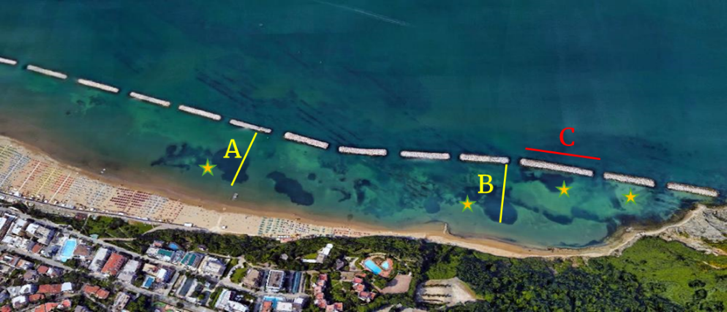
3 x 100 m transects: A and B inside the breakwater structures (yellow lines), perpendicular to the shoreline and C outside (red line), parallel to the structures. Visual surveys (yellow stars) along meadow edges and in previous experiment sites
MERCES team from the UNIVPM surveyed Gabicce mare by apnea diving and snorkelling
Restoration in soft shallow habitats (Gökova Bay and Foça, Aegean Sea) - MCS
The survey, run within the local Marine Protected Area, covered the entire water column from 35m of depth to the surface and focused on the status of Posidonia oceanica. This marine plant plays crucial roles in coastal ecosystems, such as: oxygenation of water, reduction of coastal erosion, nursery for many marine species (including some of commercial interest). That's why we need to protect Posidonia meadows, and restore them whenever possible.
MERCES team from the Akdeniz Koruma Derneği / Mediterranean Conservation Society surveyed Gökova Bay (Turkey) by diving and snorkelling
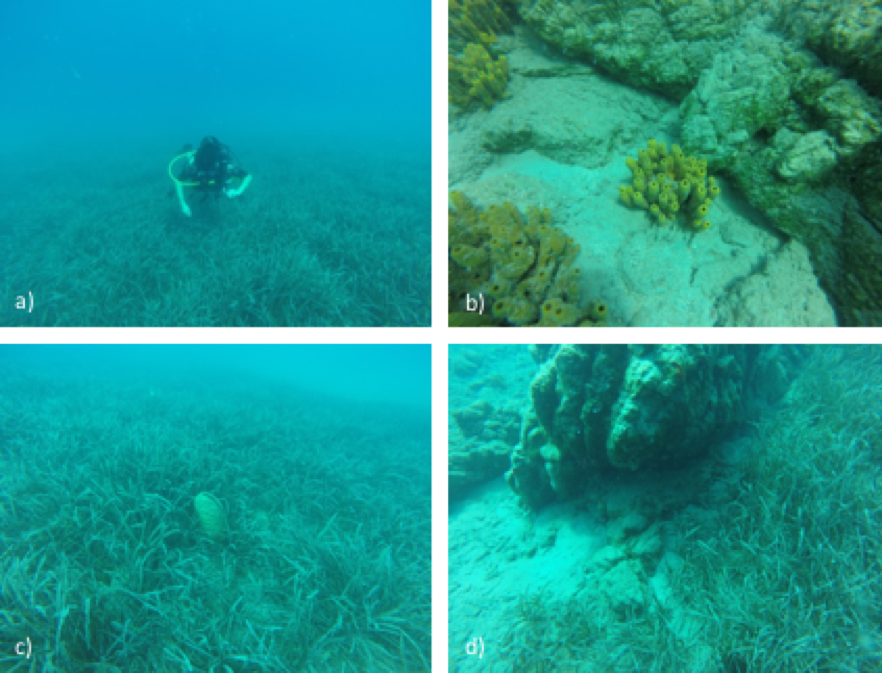
Surveys for case study areas Gökova Bay and Foça: Posidonia oceanica meadows (a); Aplysina aerophoba (b), Pinna nobilis (c) and Posidonia oceanica unhealthy meadow (d)
Quest for holes in the Posidonia meadows (Dugi Otok Island, Central Eastern Adriatic) - PMF Zagreb
In September 2016, PMF Zagreb team carried out field work on the Dugi Otok Island (the Central Eastern Adriatic) with the goal to investigate circular damage to Posidonia meadows. These "holes" in Posidonia were observed previously from the aerial images along the Croatian coast, and later, more closely examined in order to characterize them, inspect the natural re-growth and assess the potential for active restoration at the selected sites.
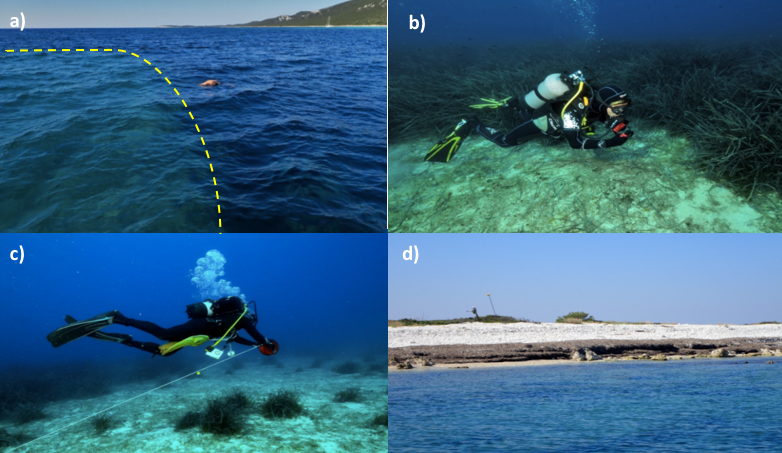
Monitoring before restoration actions in shallow marine habitats: Surface (a) and underwater (b) view of the inner border of Posidonia oceanica meadow ; c) setting a transect across damaged P. oceanica meadow; P. oceanica leaves accumulations on the beach
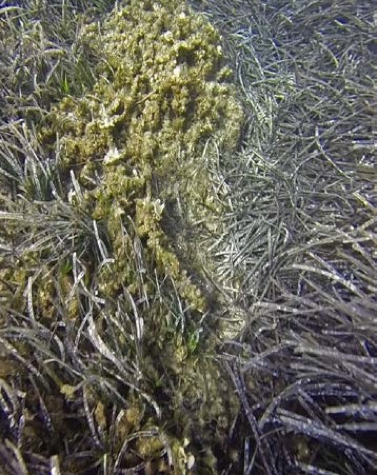
Dead matte surrounding the hole caused by the dynamite fishing
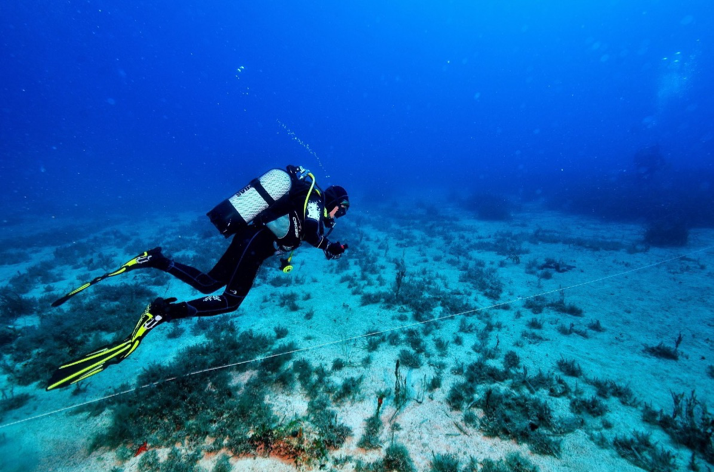
Documenting a video transect across the circular damage in the Posidonia meadow
Restoration in the Gulf of Riga (Baltic Sea) - marinaSeagrass Zostera UTARTU
At the end of July 2016, a fieldwork was conducted in the Gulf of Riga, with the aim to identify the suitable donor site as well as location for replanting of Z. Marina.
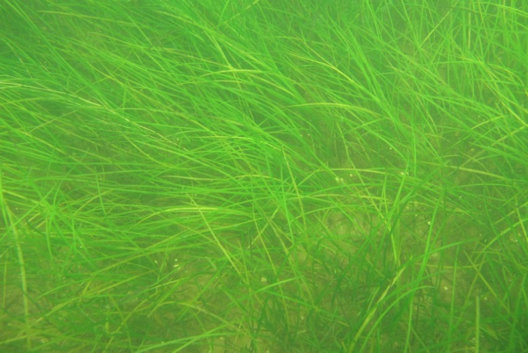
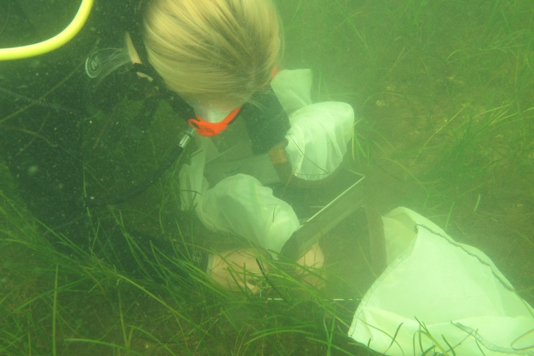
Seagrass Zostera marina bed in the donor site Sampling of phytobenthos in the experimental site

